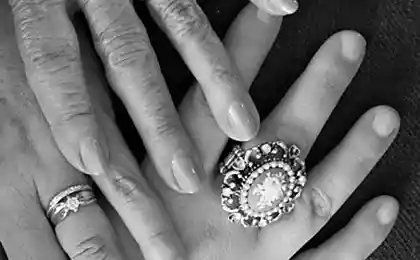210
More positive parenting! How to replace the word "no"

Trying to be strict and “right” parents, we often use the word “no” almost automatically. This word has become a familiar tool for us in education, with which we adjust the behavior of children to our ideas of correctness. But have you ever wondered what effect this word has on a child’s psyche and ultimately on their relationship with us? How can we replace “no” with more positive and constructive approaches that foster trust and mutual understanding? In this article, we look at how sustainable parenting can help create harmony and respect in the family while minimizing the negative effects of frequent use of the word “no.”

Ecology of life: Why is the word “no” not the best choice?
Many of us raised in strict discipline grew up with the understanding that the word “no” is an effective tool for managing behavior. However, modern psychology and pedagogy confirm that the frequent use of the word “no” can have undesirable consequences for children and for us. When we say no, we are essentially limiting the child by imposing certain limits on him, while he may not understand why. “No” can be seen as a closed door that hinders freedom of action, and sometimes reinforces resistance, creating an atmosphere of conflict.
Psychologists say that young children, especially, perceive prohibitions as a threat to their state of safety and self-expression. When a child often faces rejections and prohibitions, it can cause them to feel frustrated, anxious and even dissatisfied. He begins to feel limited in his abilities, which can lead to a decrease in self-esteem and the development of passive resistance. It is important to understand that the rejection of “no” and the transition to positive language in education helps children feel that they are valued and respected, which contributes to the harmonious development of their personality.
How do you replace the word "no"? 6 positive ways
1. Use "yes, but..."
One alternative to “no” is “yes, but...” Instead of simply banning something, we can offer a constructive solution. For example, if a child wants to play in an apartment with a ball, instead of saying “no, don’t play the ball in the house,” say “yes, you can play with the ball outside.” This approach helps the child understand that his desire is not completely rejected, and he is offered a safer or more appropriate solution.
2. Redirection of attention
Sometimes, instead of saying no, it’s helpful to redirect your child’s attention to something else. For example, if a child begins to draw on the walls, instead of immediately saying “no, don’t draw on the walls”, you can suggest to him “let’s go paint on paper” or “let’s build a tower with a constructor”. In this way, you not only solve the problem, but also give the child the opportunity to create and express themselves.
3. Explanation of reasons
One of the most effective methods is to explain the reasons why you should not do something. Instead of “no, don’t touch it,” you can say “I understand what you’re interested in, but it could be dangerous for you.” Explanations help your child better understand why his or her actions may be undesirable and give him or her the opportunity to evaluate the situation from your point of view.
4. Application of positive language
When you want to get something out of your child, instead of saying “don’t do it,” use positive phrases like “let’s try this way.” Such phrases focus the child’s attention on what he can do, not on what he is forbidden. This helps to form the right patterns of behavior in the child and develops his ability to make independent decisions.
5. Give a child a choice
Giving a child a choice is a great alternative to saying no. For example, if your child doesn’t want to wear a jacket, instead of insisting on it, you might say, “Do you want to wear a red jacket or a blue one?” This gives your child a sense of control and choice, but you still get the result. This approach strengthens the child’s self-confidence and his ability to make informed choices.
6. Use of humor
Sometimes, especially with younger children, humor and soft jokes can be used instead of a strict no. For example, if a child is trying to steal something dangerous, you might say, "Oh, you want to try being a superhero, but it's too dangerous, let's read a book." Humor allows you to relieve tension and create a lighter atmosphere in which the child understands the importance of the situation, but does not feel punished or limited.
Why is it worth using these methods?
The transition to a more positive approach in parenting not only contributes to a better understanding of the child, but also builds trust in the relationship between parents and children. When a child feels that their opinions and desires are respected, it builds healthy self-esteem and self-confidence. He understands that he can express his feelings and desires without fear of being rejected.
In addition, this approach contributes to the development of self-discipline and the ability to self-regulate. Instead of relying on external inhibitions, he learns to make his own decisions and take responsibility for his actions. It helps him become a more responsible and mature person in the future.
Conclusion
A positive parenting approach is not just a rejection of the word “no”, it is a whole lifestyle that requires parents to be mindful, patient and willing to build relationships based on respect and trust. By replacing the word “no” with more constructive and supportive phrases, you create an atmosphere in which your child feels safe, confident and loved. This is the key to successful upbringing and harmonious relations in the family.
10 Reasons Why Self-Confidence Makes You More Attractive
How to fill your life with positive energy: 9 tips























